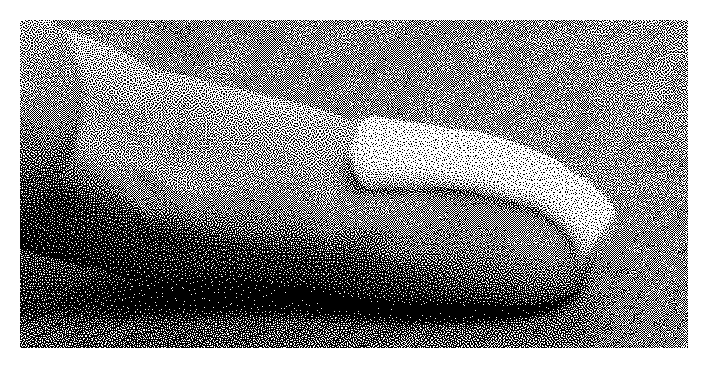Topical phenytoin for use in the treatment of peripheral neuropathic pain
a technology of phenytoin and neuropathic pain, which is applied in the direction of drug compositions, aerosol delivery,metabolism disorders, etc., can solve the problems of drug-drug interactions, side effects, drug-drug interactions, and drug-drug interactions, and induce intolerable side effects, and tolerability problems and compliance problems
- Summary
- Abstract
- Description
- Claims
- Application Information
AI Technical Summary
Benefits of technology
Problems solved by technology
Method used
Image
Examples
case 1
[0178]A 69-year-old man, suffered since 2007 from peripheral neuropathic pain in both fore feet due to diabetes mellitus type 2. He scored his average pain as 9 on the 11-point numerical rating scale (NRS). His pain was characterized by burning, electric shocks, tingling, pins and needles, allodynia when soft stroking, and hand in hand there was numbness (anesthesia dolorosa). Especially his allodynia in his left foot was bothering him in the night, and he scored this symptom with 10 on the NRS. Pregabalin 75 mg twice daily did not have any effect. The patient was administered a compounded ketamine 10% by weight cream (J. M. Keppel Hesselink and D. J. Kopsky, 2013). The result was a reduction of allodynia to 3 on the NRS. The reduction of pain lasted 6 hours, after which he woke up and had to apply the ketamine cream again. After application of phenytoin 5% by weight cream according to the disclosure the patient did not experience allodynia during the night anymor...
case 2
[0180]A 61-year-old man, suffering since 2007 from diabetes mellitus type 2 and hypothyroidism, was treated with metformin 500 mg three times daily and Thyrax, as well as with 1000 IE vitamin D. The patient had pain in both feet and scored 8 on the NRS. His sleep quality was very much disrupted due to the neuropathic pain. The characteristics of the neuropathic pain were burning, electric, tingling and pricking sensation.
[0181]Treatment started with 5% by weight phenytoin cream according to the disclosure, resulting for the first time since years in absence of pain during the night. The patient needed to apply the cream 3 times in 24 hours for obtaining sufficient analgesia, and analgesic effects started 1 hour after application. The cream reduced the pain with 50% to a mean value of 4 on the NRS. The pain became stable for weeks and his quality of life was much improved.
[0182]The pharmaceutical composition of the disclosure containing 5% by weight phenytoin sodiu...
case 3
athic Pain Due to CIAP
[0183]A 71-year-old man, suffered since 2000 from CIAP pain in both feet and legs up to the knees. He scored the pain as 8 on the NRS. The pain was characterized as burning, tingling, numbness, hypoesthesia for touch and pin prick, and allodynia when soft stroking. Warmth and cold discrimination and ankle jerk reflexes were diminished; vibration sensation was absent at both metatarsalphalangeal first joints. Oral amitriptyline, duloxetine, pregabalin and tramadol induced too many side effects such as sedation, anxiety, sleeping disturbances and edema, to be of use. Upon treatment with phenytoin 5% by weight cream according to the disclosure, within 30 minutes the patient experienced around 50% pain reduction. After one month use of phenytoin 5% by weight cream he experienced a global pain reduction from 8 to 5 on the NRS. Especially the burning sensation was diminished: from 8 to 4 on the NRS. The pain reducing effect started 10 minutes after application with a...
PUM
| Property | Measurement | Unit |
|---|---|---|
| temperature | aaaaa | aaaaa |
| temperature | aaaaa | aaaaa |
| temperature | aaaaa | aaaaa |
Abstract
Description
Claims
Application Information
 Login to View More
Login to View More - R&D
- Intellectual Property
- Life Sciences
- Materials
- Tech Scout
- Unparalleled Data Quality
- Higher Quality Content
- 60% Fewer Hallucinations
Browse by: Latest US Patents, China's latest patents, Technical Efficacy Thesaurus, Application Domain, Technology Topic, Popular Technical Reports.
© 2025 PatSnap. All rights reserved.Legal|Privacy policy|Modern Slavery Act Transparency Statement|Sitemap|About US| Contact US: help@patsnap.com

